Hua Jiang
Hybrid Learning with New Value Function for the Maximum Common Subgraph Problem
Aug 18, 2022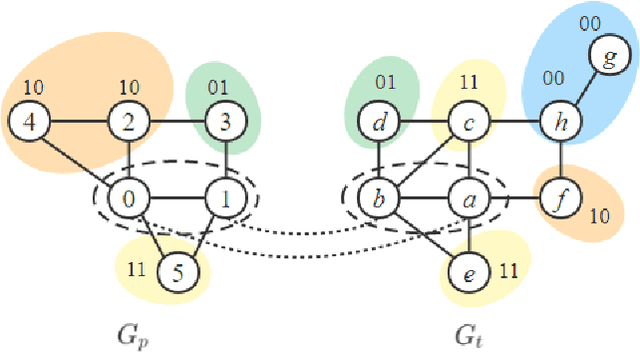
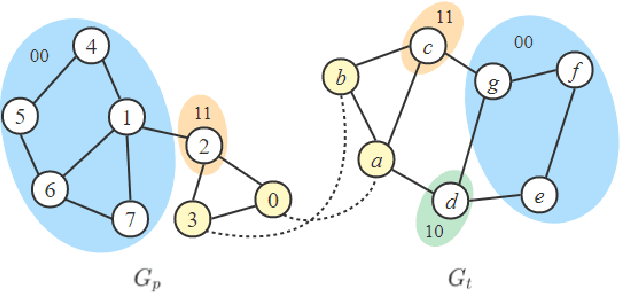
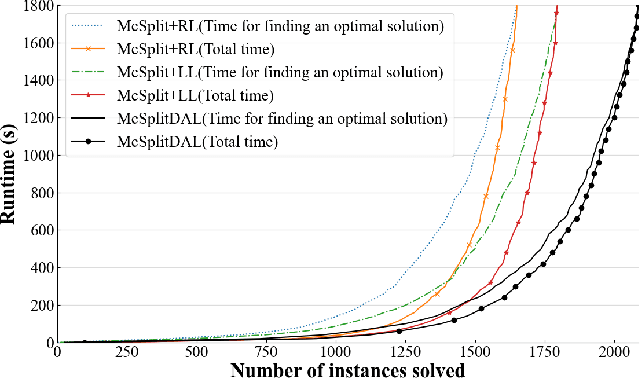
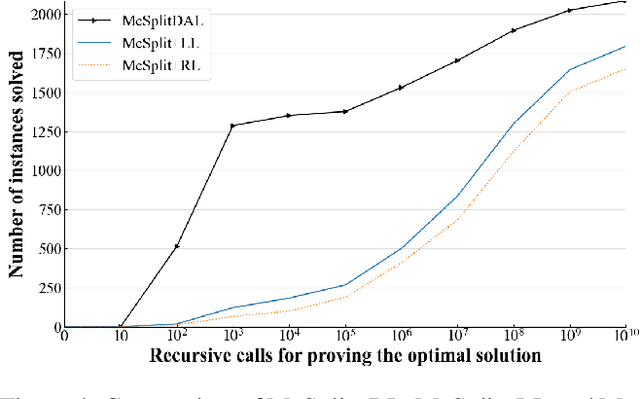
Abstract:Maximum Common induced Subgraph (MCS) is an important NP-hard problem with wide real-world applications. Branch-and-Bound (BnB) is the basis of a class of efficient algorithms for MCS, consisting in successively selecting vertices to match and pruning when it is discovered that a solution better than the best solution found so far does not exist. The method of selecting the vertices to match is essential for the performance of BnB. In this paper, we propose a new value function and a hybrid selection strategy used in reinforcement learning to define a new vertex selection method, and propose a new BnB algorithm, called McSplitDAL, for MCS. Extensive experiments show that McSplitDAL significantly improves the current best BnB algorithms, McSplit+LL and McSplit+RL. An empirical analysis is also performed to illustrate why the new value function and the hybrid selection strategy are effective.
MetaLR: Layer-wise Learning Rate based on Meta-Learning for Adaptively Fine-tuning Medical Pre-trained Models
Jun 03, 2022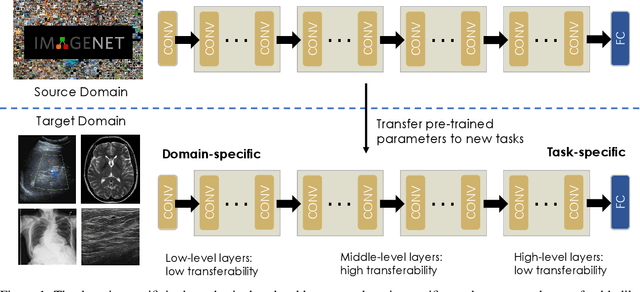

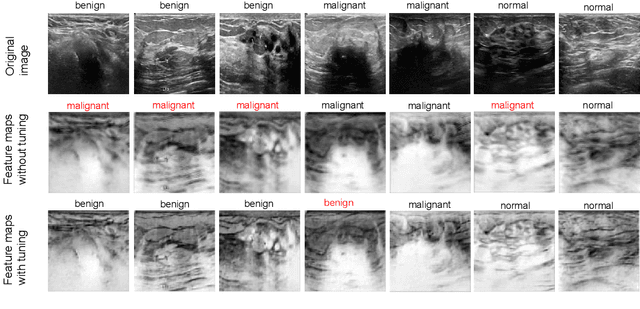

Abstract:When applying transfer learning for medical image analysis, downstream tasks often have significant gaps with the pre-training tasks. Previous methods mainly focus on improving the transferabilities of the pre-trained models to bridge the gaps. In fact, model fine-tuning can also play a very important role in tackling this problem. A conventional fine-tuning method is updating all deep neural networks (DNNs) layers by a single learning rate (LR), which ignores the unique transferabilities of different layers. In this work, we explore the behaviors of different layers in the fine-tuning stage. More precisely, we first hypothesize that lower-level layers are more domain-specific while higher-level layers are more task-specific, which is verified by a simple bi-directional fine-tuning scheme. It is harder for the pre-trained specific layers to transfer to new tasks than general layers. On this basis, to make different layers better co-adapt to the downstream tasks according to their transferabilities, a meta-learning-based LR learner, namely MetaLR, is proposed to assign LRs for each layer automatically. Extensive experiments on various medical applications (i.e., POCUS, BUSI, Chest X-ray, and LiTS) well confirm our hypothesis and show the superior performance of the proposed methods to previous state-of-the-art fine-tuning methods.
Cross-Utterance Conditioned VAE for Non-Autoregressive Text-to-Speech
May 09, 2022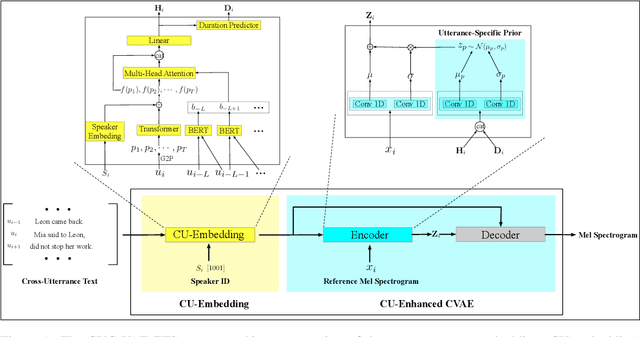

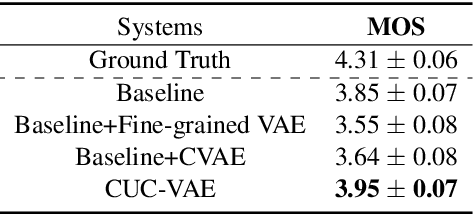
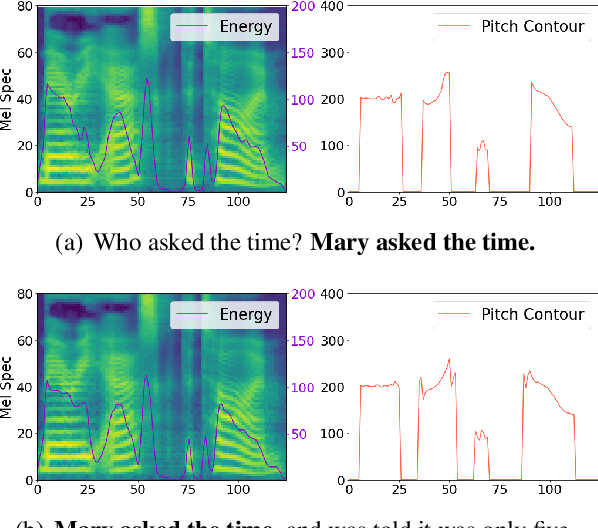
Abstract:Modelling prosody variation is critical for synthesizing natural and expressive speech in end-to-end text-to-speech (TTS) systems. In this paper, a cross-utterance conditional VAE (CUC-VAE) is proposed to estimate a posterior probability distribution of the latent prosody features for each phoneme by conditioning on acoustic features, speaker information, and text features obtained from both past and future sentences. At inference time, instead of the standard Gaussian distribution used by VAE, CUC-VAE allows sampling from an utterance-specific prior distribution conditioned on cross-utterance information, which allows the prosody features generated by the TTS system to be related to the context and is more similar to how humans naturally produce prosody. The performance of CUC-VAE is evaluated via a qualitative listening test for naturalness, intelligibility and quantitative measurements, including word error rates and the standard deviation of prosody attributes. Experimental results on LJ-Speech and LibriTTS data show that the proposed CUC-VAE TTS system improves naturalness and prosody diversity with clear margins.
A Deep Learning Approach to Predicting Ventilator Parameters for Mechanically Ventilated Septic Patients
Feb 21, 2022
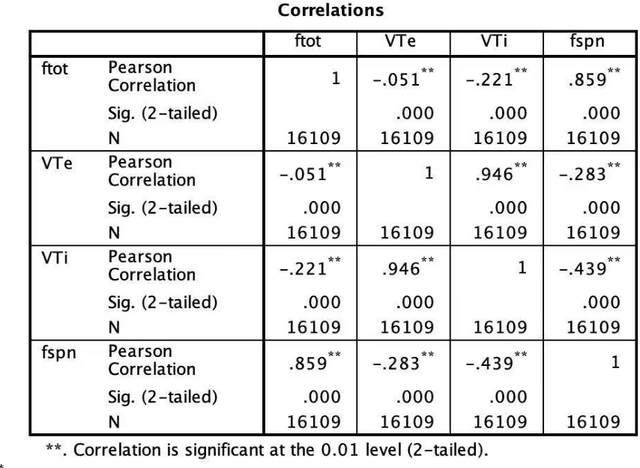
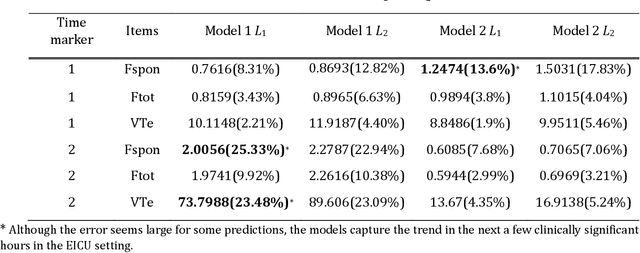
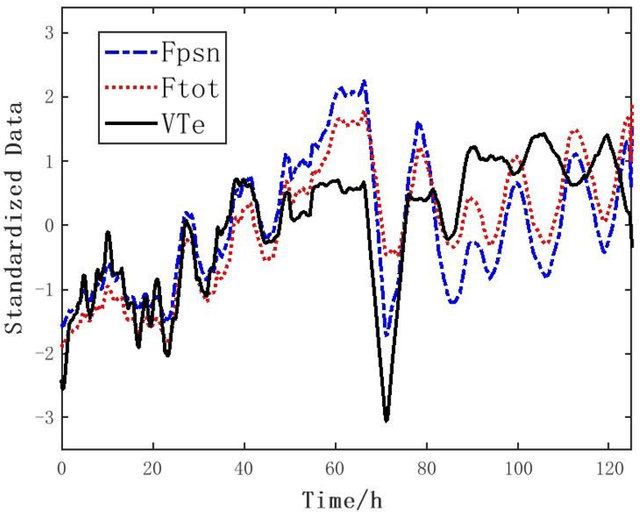
Abstract:We develop a deep learning approach to predicting a set of ventilator parameters for a mechanically ventilated septic patient using a long and short term memory (LSTM) recurrent neural network (RNN) model. We focus on short-term predictions of a set of ventilator parameters for the septic patient in emergency intensive care unit (EICU). The short-term predictability of the model provides attending physicians with early warnings to make timely adjustment to the treatment of the patient in the EICU. The patient specific deep learning model can be trained on any given critically ill patient, making it an intelligent aide for physicians to use in emergent medical situations.
A Learning based Branch and Bound for Maximum Common Subgraph Problems
May 22, 2019



Abstract:Branch-and-bound (BnB) algorithms are widely used to solve combinatorial problems, and the performance crucially depends on its branching heuristic.In this work, we consider a typical problem of maximum common subgraph (MCS), and propose a branching heuristic inspired from reinforcement learning with a goal of reaching a tree leaf as early as possible to greatly reduce the search tree size.Extensive experiments show that our method is beneficial and outperforms current best BnB algorithm for the MCS.
 Add to Chrome
Add to Chrome Add to Firefox
Add to Firefox Add to Edge
Add to Edge